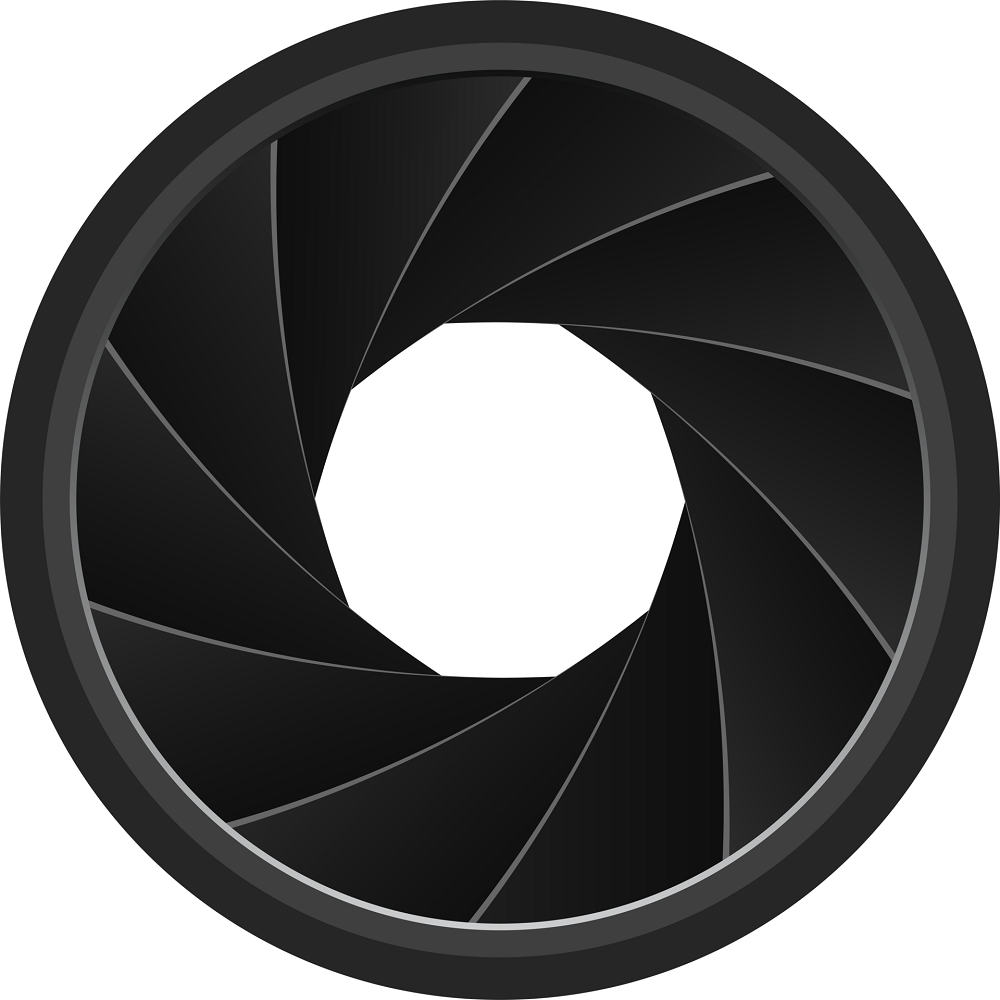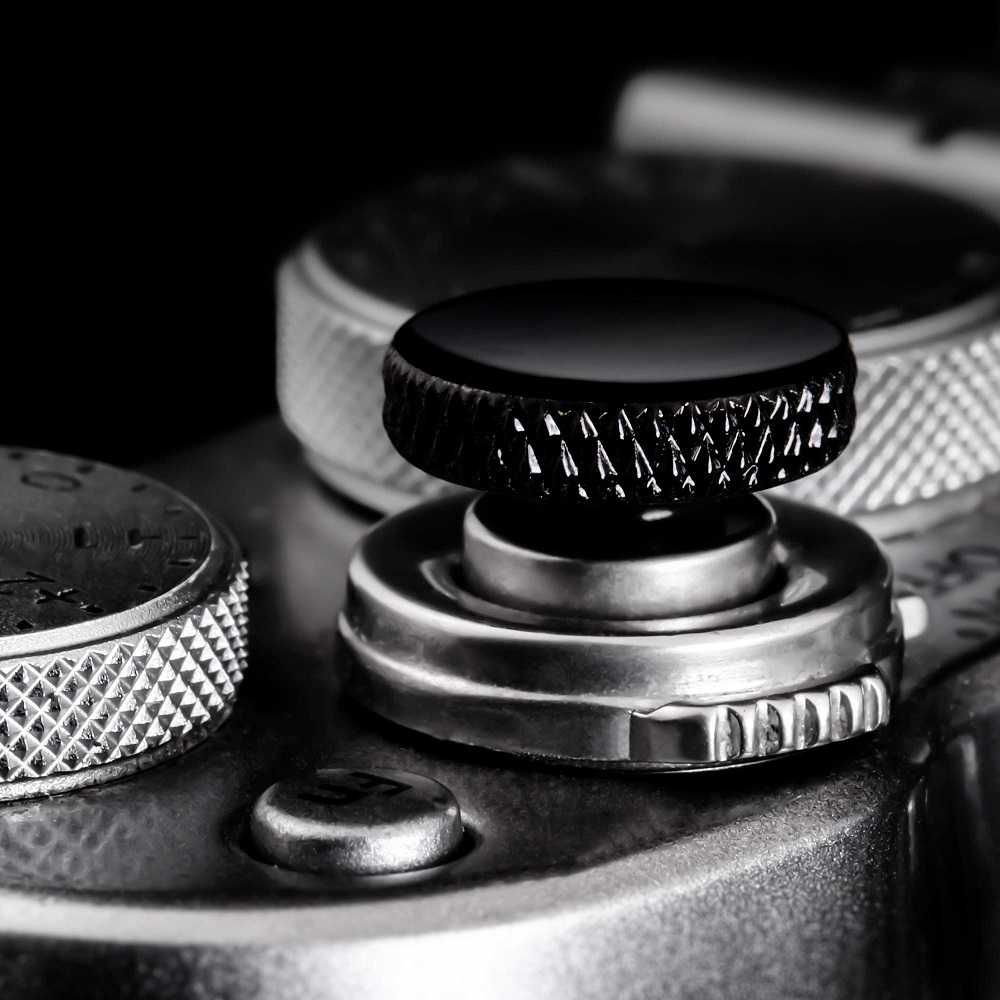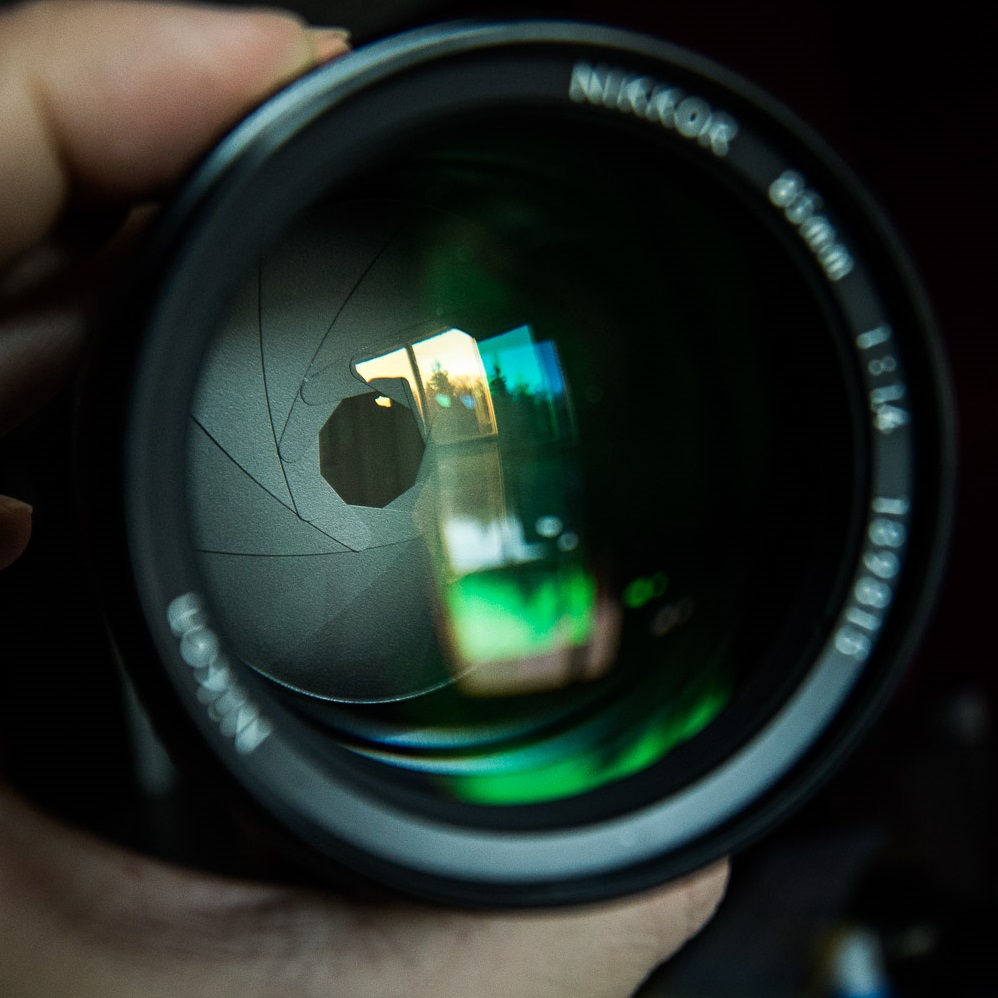The shutter, a fundamental component of a camera, has seen remarkable innovations over the years. These advancements are changing how photographers approach their art and craft. In this article, we’ll explore camera shutter innovations that are making a significant impact on the field of photography, enhancing image quality, and expanding creative possibilities.
The Evolution of the Camera Shutter
From Simple Beginnings to Complex Mechanisms
The camera shutter started as a simple manual device used to control the exposure of film to light. With time, these shutters have evolved into sophisticated mechanisms, driven by both mechanical prowess and electronic precision, enabling photographers to capture images with greater accuracy and in varying light conditions.
High-Speed and High-Tech
Today’s camera shutters allow for extremely high-speed photography, freezing moments that the human eye can’t even perceive. Additionally, the integration of electronic shutters within digital cameras has led to silent and vibration-free shooting, crucial for discreet and stable imagery, especially in wildlife and documentary photography.
![]()
Advancements in Shutter Speeds
The Quest for the Fastest Shutter Speed
Shutter speed innovation means cameras can now capture exposures as fast as 1/8000th of a second, allowing for the capture of high-speed action without any motion blur. This level of control over motion and light is a game-changer for sports and action photographers, who can now freeze even the fastest movements with ease.
Benefits of Slow Shutter Speeds
Conversely, modern shutters also support extremely slow shutter speeds without the need for neutral density filters. This allows photographers to create ethereal and artistic images with long exposures, capturing the flow of time in a single frame, ideal for night sky photography or capturing the motion of water.
The Rise of Electronic Shutters
Silent and Seamless Shooting
Electronic shutters offer completely silent operation, which is invaluable in situations where the noise of a mechanical shutter can be intrusive. This allows photographers to work without disturbing the environment or their subject, preserving the authenticity of the moment.
Enhanced Speed and Flexibility
Electronic shutters have also unlocked higher frame rates and shutter speeds unachievable with mechanical shutters. Without the physical limitations of moving parts, photographers can shoot at speeds that open up new avenues in imaging, from high-speed burst shooting to reducing the rolling shutter effect in video capture.

Impact on Video Photography
Shutter in Motion Picture
Shutter innovations have a profound impact on videography, where control over the shutter angle (relative to frame rate) is vital for achieving the desired motion blur. With newer cameras offering variable electronic shutter speeds, videographers can now adjust their exposure with great precision, which is crucial for cinematography.
Reducing the Rolling Shutter Effect
As electronic shutters become more prevalent, the rolling shutter effect—a distortion that occurs when recording fast-moving subjects or during quick camera movements—has been significantly minimized. This allows for smoother and more professional-looking video captures.
Integration with Camera Systems
More than Just Exposure
Modern shutters do more than just control exposure; they’re integrated into the camera’s ecosystem, communicating with sensors, image processors, and even lenses. This integration ensures that every aspect of the camera system works together, leading to better auto-exposure, faster autofocus, and improved overall image quality.
Customization and Control
The flexibility that modern shutter technology provides has led to increased options for customization. Photographers can now fine-tune how and when the shutter operates, tailoring the camera’s behavior to their shooting style. This customization can include adjusting the response to lighting conditions or programming the shutter to work in tandem with external flashes.
Future Shutter Innovations
Predictions for Tomorrow’s Shutter Tech
As technology progresses, we can anticipate further innovations in shutter mechanisms. The potential for even faster shutter speeds, improved electronic integration, and more intelligent camera systems is on the horizon. These advancements will continue to offer photographers new ways to capture images, pushing the boundaries of what is possible in photography.
Implications for the Art of Photography
Shutter innovations open avenues for artistic expression, allowing photographers to explore previously unattainable perspectives. The impact of these advancements on the art of photography is profound, as it challenges artists to reimagine what they can capture and convey through their lens, transforming not only how they take pictures but also how we perceive and appreciate the photographic image.

Shutter Technology Reshaping Photography
A New Era of Photographic Possibilities
Advancements in camera shutter technology are ushering in a new era of photographic possibilities. Enhanced speeds, electronic integration, and improved control are not only changing the technical aspects of photography but are also reshaping the artistic landscape, allowing for unprecedented creativity and expression.
Embracing Change and Innovation
As these innovations continue to influence photography, it is essential for photographers to stay abreast of new developments. Embracing change and the evolving prowess of shutter technology will enable photographers to expand their skills, harness new creative techniques, and continue to capture the world in ever-more dynamic ways.
Advancements in Shutter Durability and Reliability
Mechanical Shutter Lifespan Enhancements
Years ago, the sheer number of shutter actuations was a limiting factor in a camera’s lifespan. However, with modern advances, mechanical shutters are now engineered to last for hundreds of thousands of cycles. This durability ensures that whether a photographer is a professional or an enthusiast, shutter failure is far less of a concern than it was in the past.
Predictive Maintenance and Shutter Health
As camera systems become smarter, the ability to monitor shutter health and predict maintenance requirements is becoming a reality. Predictive analytics can alert photographers to potential issues before they result in a malfunction, reducing downtime and the risk of missing critical shots due to shutter problems.
Enabling New Photographic Techniques
High Dynamic Range (HDR) and Shutter Function
Innovations in shutter operation have paved the way for in-camera High Dynamic Range (HDR) shooting. By rapidly firing the shutter at different exposure values and instantly blending the images, cameras can produce a single photograph with a wider dynamic range than was previously possible, capturing more detail in both the highlights and shadows.
Focus Stacking and Shutter Precision
Shutter precision and speed have also enabled techniques such as focus stacking in-camera. This is where a series of images are taken at different focus distances and then combined to yield a photo with greater depth of field than a single exposure could achieve. This technique is particularly valuable in macro photography, where depth of field is inherently shallow.
Shutter Technology in Diverse Conditions
Rugged Shutter Designs for Extreme Conditions
Camera manufacturers are designing shutters to withstand a variety of tough environmental conditions, from extreme cold to humid and dusty climates. Such rugged designs expand the potential for photography in previously challenging locations and situations, ensuring that the camera’s shutter operates reliably no matter where the photographer goes.
Shutter and Sensor Synchronization for Cleaner Images
Leveraging shutter innovations, camera sensors can now synchronize with the shutter’s movement, reducing the chances of dust accumulation on the sensor during exposure. Clean-shooter mechanisms and self-cleaning sensors work hand-in-hand with the shutter to ensure images remain spotless and high-quality.
Intelligent Shutter Adaptation
AI-Driven Shutter Control for Optimal Exposures
The rise of artificial intelligence (AI) in camera systems is notable. It could result in smarter shutter controls. These controls would adapt to the context of the scene. AI-driven shutters would analyze the frame for motion and lighting. They would then adjust the shutter speed accordingly. This leads to exposure settings that are tailored to the subject’s specific demands.
User-Friendly Shutter Automation for All Levels
This intelligent adaptation not only benefits professional photographers but also democratizes creative photography. Beginner and intermediate shutterbugs could leverage automated shutter settings to gain confidence and explore more complex photographic endeavours without intimidation.
